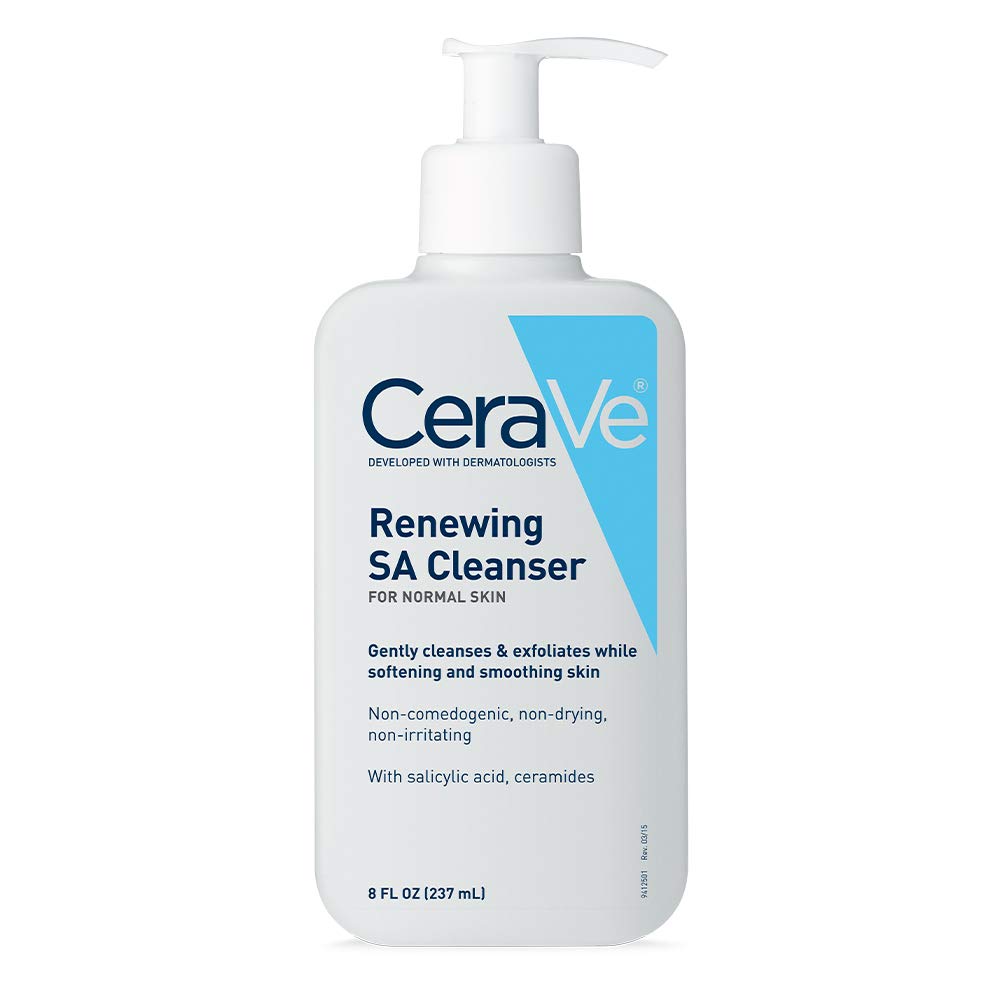Acne
Overview
What is acne? — Acne is the medical term for pimples. Pimples happen when pores get clogged with dead skin and oil, and bacteria build up. Then the skin gets inflamed and can turn red or swell and .
Is there anything I can do on my own to reduce acne? — Yes. The way you take care of your skin has a big effect on your acne. Here’s what you should do:
●Wash your face no more than twice a day. Use warm – not hot – water, and do not use harsh soaps. Instead, use a gentle non-soap facial skin cleanser. Do not scrub your face, because that can make acne worse and damage the skin.
●Do not pick or squeeze pimples. This can make acne worse and damage the skin. Plus it can lead to infections.
●Avoid oil-based make-up and skin products. They can make acne worse. If you use a moisturizer for your face, a moisturizer labeled as “non-comedogenic” is often best.
Can I treat my own acne? — If you have mild acne, you can try non-prescription acne products. You might even try using more than 1 product at once. That might be more effective than using 1 single product alone. In rare cases, people have a severe allergic reaction to acne products, so for the first 3 days, try them on just a small area. If you do not improve after 3 months, or if you have moderate or severe acne, ask your doctor or nurse for advice.
How is acne treated? — Doctors can treat acne using different types of medicines. Sometimes doctors suggest trying more than 1 medicine at once.
There is no 1 medicine or combination of medicines that works best for everyone. Instead, people often need to try different medicines until they find what works best for them.
Most acne medicines require a prescription. Your doctor might suggest:
●Medicines you put directly on your skin – These can be gels, creams, or lotions. There are different types. Some examples are:
•Retinoids – These are medicines that help keep your pores unclogged. Examples of prescription retinoids include tretinoin (sample brand names: Retin-A, Altreno), adapalene (brand name: Differin), and tazarotene (brand name: Tazorac). One form of adapalene gel can also be bought without a prescription. Retinoids can also help improve dark spots on the skin caused by acne.
•Salicylic acid and glycolic acid – These help remove dead layers of skin. They can reduce acne by helping to unclog pores.
•Antibiotics – Antibiotics reduce acne by killing the bacteria inside pimples. They also help bring down inflammation. Prescription antibiotics include clindamycin, erythromycin, dapsone (brand name: Aczone), and others. Another medicine that can kill bacteria, benzoyl peroxide, is available without a prescription.
●Medicines you take as a pill – These include:
•Antibiotics – Antibiotic pills work for the same reasons antibiotic gels or lotions work. But they tend to be stronger and can cause unpleasant side effects.
•Birth control pills – Some of the skin reactions that lead to acne are controlled by hormones. For this reason, birth control pills can sometimes help with acne.
•Isotretinoin pills – Isotretinoin is a retinoid that comes in pill form (sample brand names: Amnesteem, Claravis). It is very effective against severe acne. But it can also cause serious side effects and birth defects. Women who want to take isotretinoin must follow very strict safety rules to prevent pregnancy.
What if I want to get pregnant? — If you want to get pregnant, talk to your doctor before you start trying to get pregnant. Many of the medicines used to treat acne are not safe for a growing baby.
Will my diet affect my acne? — Some studies have found that acne seems to be more common in people who drink a lot of milk. But more research is needed to understand the link between the types of foods people eat and acne.
Usual Adult Dose for Acne
Gel/cream/liquid/lotion/bar/foam: Start with 1 application per day, then gradually increase to 2 or 3 times per day if needed or as directed by a healthcare provider
Cloth: Wash affected areas once or twice per day, or as directed by a healthcare provider
Comments:
-Clean the skin thoroughly before applying this drug.
-If dryness or peeling occurs, reduce application to once a day or every other day.
-If going outside, apply sunscreen after using this product.
-If irritation or sensitivity develops, discontinue use and ask a healthcare provider.
Usual Adult Dose for Acne
Salicylic acid topical: 12 years or older: Cleanse affected area. Apply 2 to 3 times daily. If dryness occurs, reduce to every other or once a day.
Usual Adult Dose for Acne
Apply a thin layer to the entire affected area 1 to 3 times a day.
Comments:
-Because excessive drying of the skin may occur, therapy should start with 1 application once a day, gradually increasing to 2 to 3 times a day if necessary.




